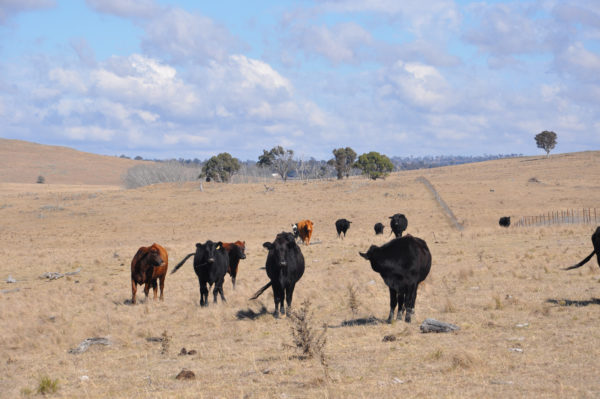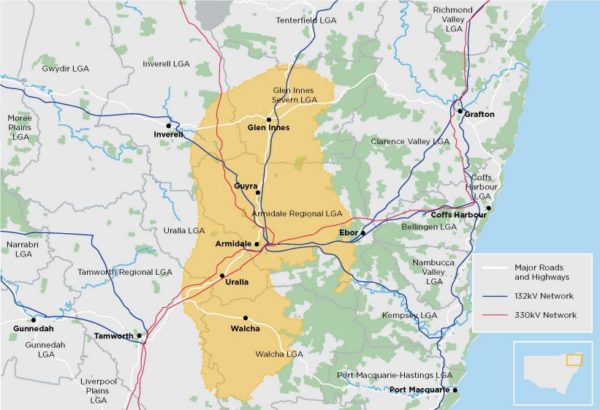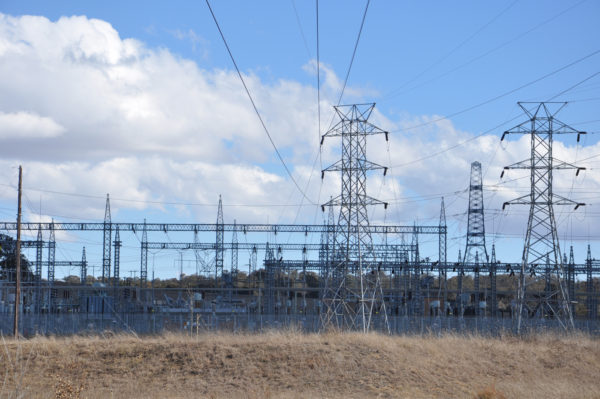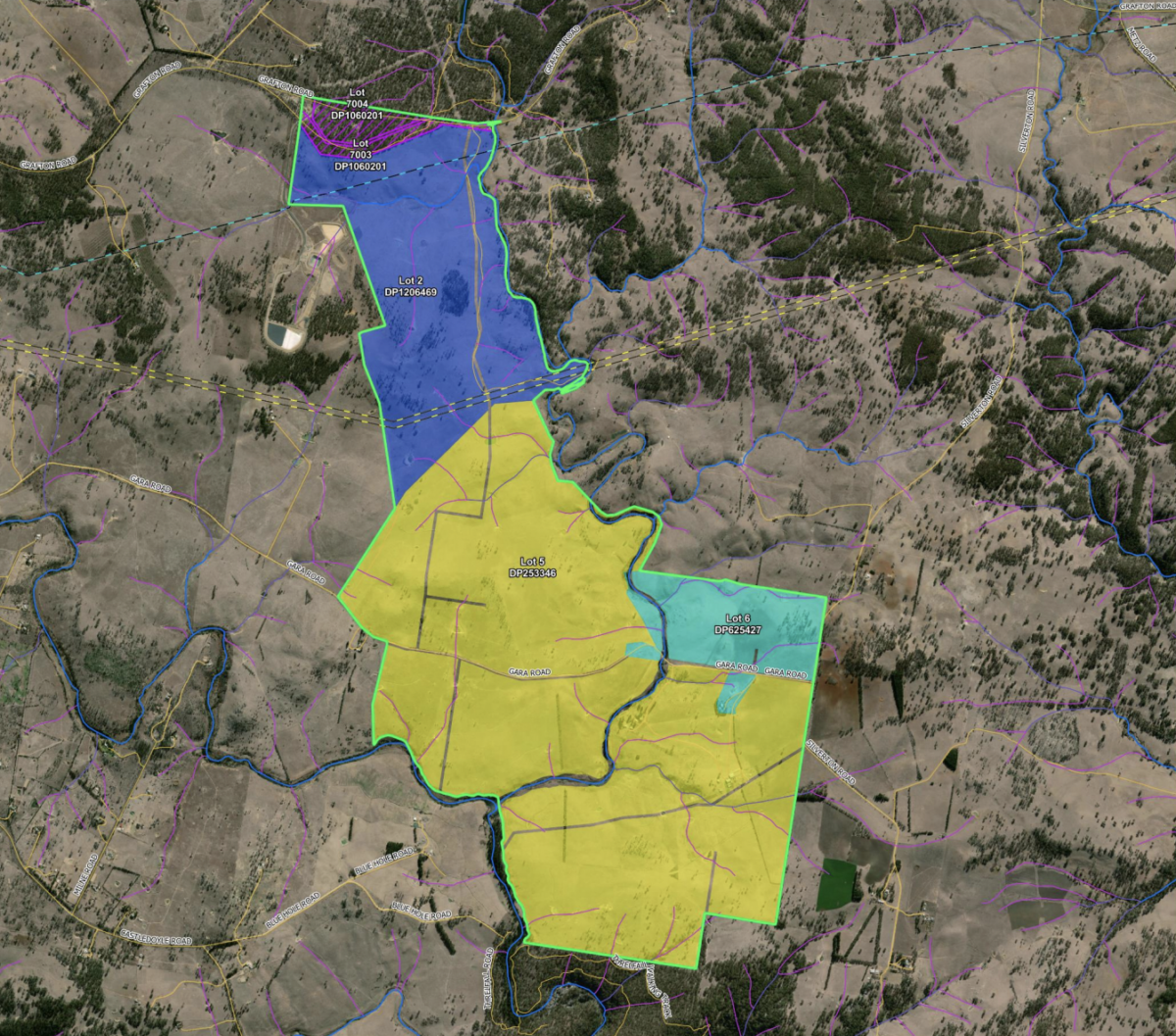Hailed largely in the city as a good way to design critical future energy projects, Renewable Energy Zones are not quite so enthusiastically looked upon by the communities set to host them.
The northern New South Wales city of Armidale sits at the heart of the proposed New England Renewable Energy Zones, or REZ. Its local council on Monday announced it had struck a deal with the developers of a 225 MW solar farm, Oxley Solar Development Pty Ltd, which would see the company pay approximately $2.79 million once construction begins on the project, with the remaining $3.11 million to be paid over the next 20 years.

Image: Oxley Solar Development
“They have also significantly scaled down the original footprint of the solar farm in response to local submissions and in an attempt to minimise their impact,” the Armidale Regional Council said of developer Oxley Solar Development.
First of many
The Armidale Regional Council’s Mayor Sam Coupland, elected in January, said he expects the deal will be the first of many.
“Historically wind and solar farms have contributed little in employment (outside construction phases) and almost nothing in community benefit contributions,” the Armidale Regional Council’s statement on the Oxley deal said. “Council is now very clear that developers can expect little support if they are not engaging meaningfully with locals, minimising the impact of their project and making appropriate financial contributions to the community.”
Armidale Council, along with Glen Innes Severn, Inverell Shire, Uralla Shire and Walcha Councils– all of which fall into the New England REZ – in March presented a list of demands for prospective REZ developers to the NSW government.

Image: NSW Government
The first of which was a ‘Community Contribution Fee’ – exactly what it seems Oxley Solar Farm is paying. The payment, the council’s said in their ‘statement of expectations’, is to go to a common fund established and solely managed by the individual councils and should “be in the region of 1.5% of build cost of the project… or $800 per MW (AC) per year over the life of the project.”
The other demands of the consortium of councils include a project decommissioning bond and local engagement mandate – both deemed essential. The councils would also like to see projects ink local power purchasing agreements, source carbon offsets locally and build telecommunications infrastructure.
Regional opposition to renewable projects
The formalisation of these council expectations is the culmination of long stirring disquiet in Australia’s regions.
Support for renewable energy zones in the regions appears far less unanimous than in the cities, to put it mildly. Pv magazine Australia has been following the phenomenon for some time and previously spoke to a farmer based in the New England region who described renewable project’s community consultation approaches as “divisive” and poorly formulated.
Moreover, she felt the decision making process was opaque and unfair, with regional communities expected to host the projects necessary for decarbonisation while city dwellers reaped the rewards.
“If we’re doing the bulk of the heavy lifting, we would like to see some evidence the people using the electricity as wisely as they can,” she said.
Her concerns echoed those of the communities rallying against transmission projects in Australia, as laid out in a recent report from the Victoria-based Energy Grid Alliance. For them, the grievance is not with new transmission but its flawed planning framework.

Image: Oxley Solar Development
Similarly, in regional communities opposition appears not to stem from a problem with renewable energy itself, but rather how it is rolled out and who is making the decisions about where it goes.
Armidale’s recently elected mayor Sam Coupland appears to have a similarly cool view on incoming renewable projects. In a council meeting last week, the mayor forwarded two motions relating to the REZ, including one demanding the state plan housing for incoming construction workers and another for better assessment of the social and cumulative impacts of multiple renewable projects.
“This is not sufficiently independent or robust to satisfy host communities,” the Armidale Council’s minutes on the meeting say.
Coming back to Oxley Solar Farm, the project is proposed for a site 14 kilometres south-east of Armidale on land currently being used for agriculture.
The Armidale Council have made clear the $5.9 million community contribution fee in no way secures the project’s future. Oxley Solar Farm still needs to address a number of issues raised in public submissions in order to obtain the necessary state government approvals, the council said.
It is referring here to the 96 public submissions lodged in response to the solar farms Environmental Impacts and planning documents. Of those submissions, nearly every one from private residents – the vast majority – are objections.
“There is still a substantial part of the state government assessment process to undergo on this project and I would encourage our community to continue to actively participate in that process,” Mayor Coupland said.
“Council intends to review thoroughly how Oxley have responded to concerns raised by the local community and will provide feedback on that to the NSW government.”
This content is protected by copyright and may not be reused. If you want to cooperate with us and would like to reuse some of our content, please contact: editors@pv-magazine.com.









By submitting this form you agree to pv magazine using your data for the purposes of publishing your comment.
Your personal data will only be disclosed or otherwise transmitted to third parties for the purposes of spam filtering or if this is necessary for technical maintenance of the website. Any other transfer to third parties will not take place unless this is justified on the basis of applicable data protection regulations or if pv magazine is legally obliged to do so.
You may revoke this consent at any time with effect for the future, in which case your personal data will be deleted immediately. Otherwise, your data will be deleted if pv magazine has processed your request or the purpose of data storage is fulfilled.
Further information on data privacy can be found in our Data Protection Policy.